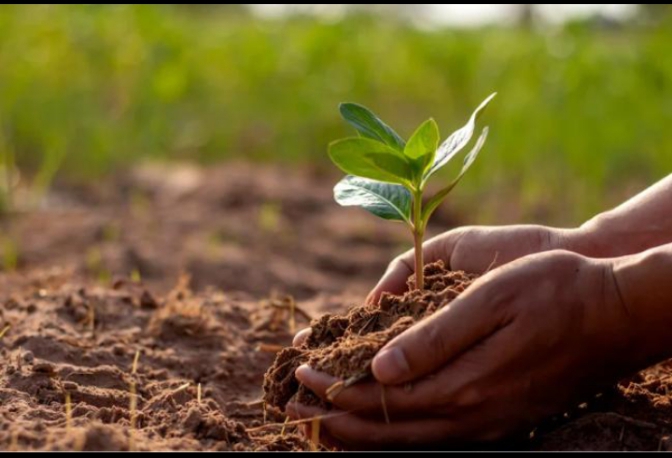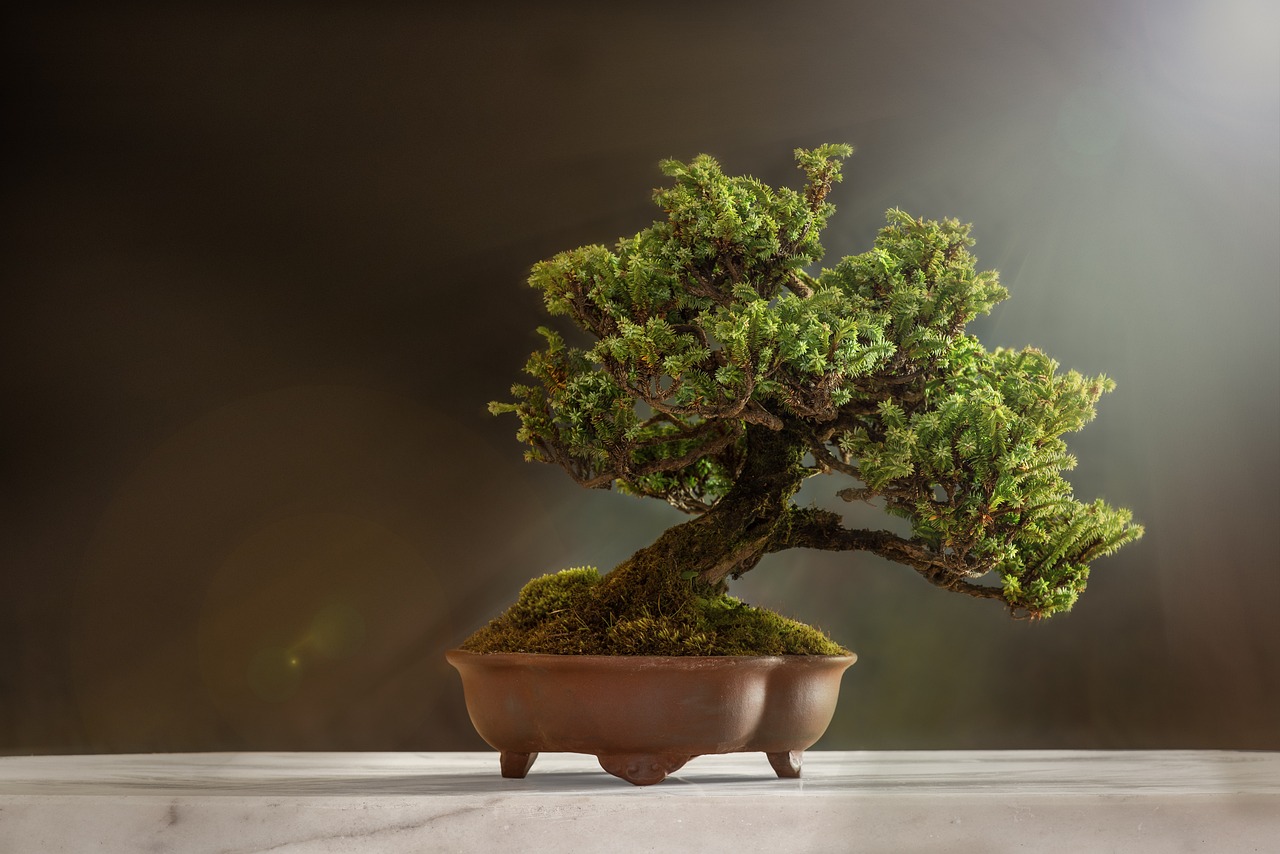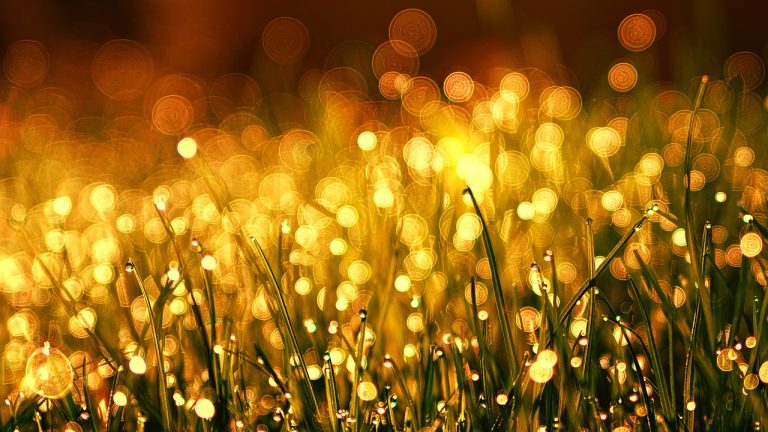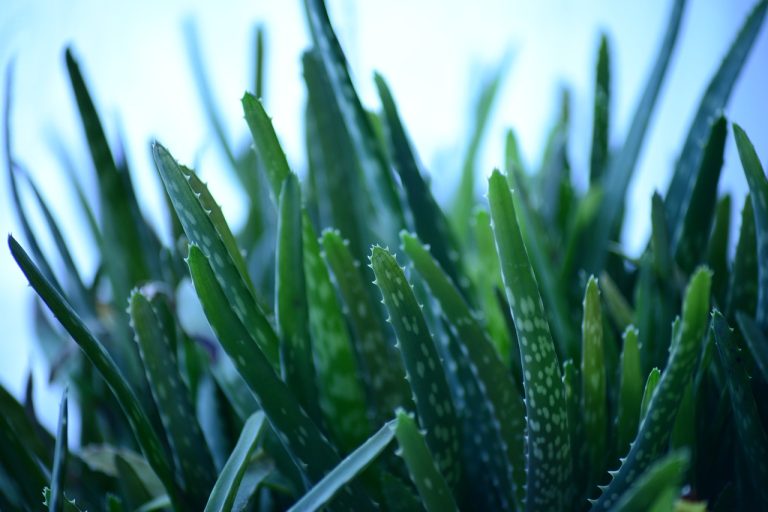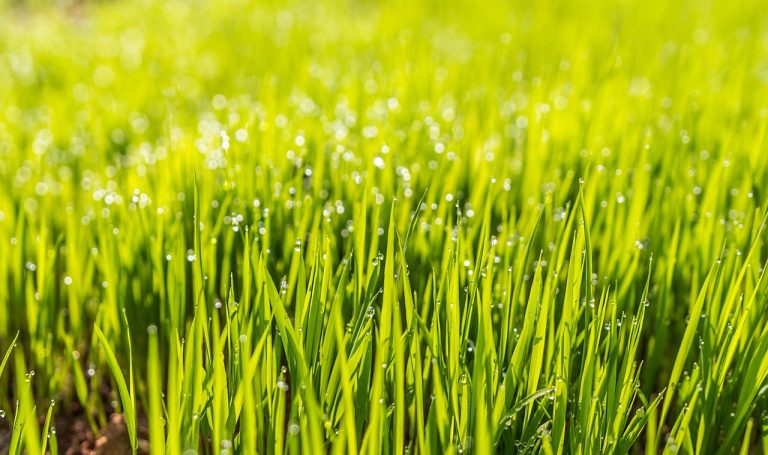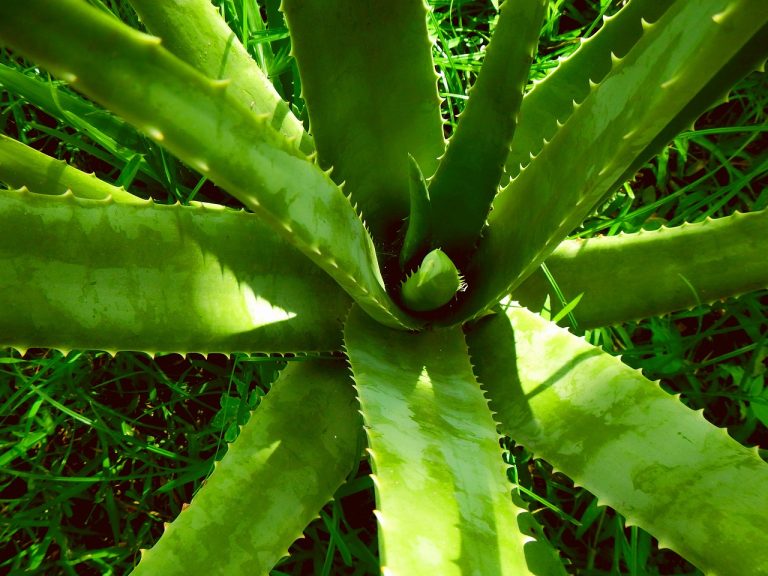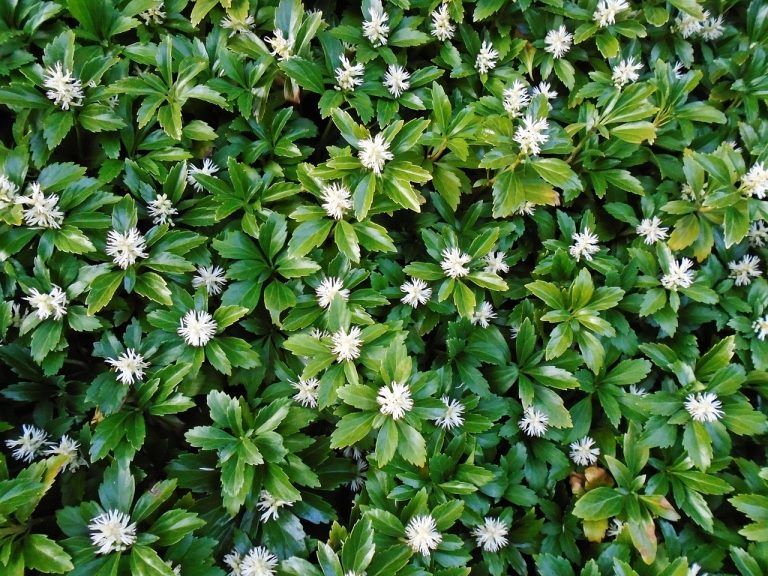BONSAI TREES IN THE WILD (5 Essential Tips)
“In the heart of untamed wilderness, where nature’s symphony plays its most magnificent melodies, there exists a hidden world of enchantment and serenity – a world where ancient wisdom meets the untamed spirit. Here, amidst the rugged landscapes and dense forests, lies a secret waiting to be uncovered: Bonsai Trees in the Wild.
These miniature marvels, sculpted by time and nurtured by the elements, stand as living testaments to the harmonious dance between humanity and nature. Join us as we embark on a journey into the heart of the wild, where the artistry of Bonsai meets the raw, unbridled beauty of the natural world.”
ARE THERE BONSAI TREES IN THE WILD
Bonsai trees in the wild, often referred to as “wild bonsai” or “natural bonsai,” are a captivating and rare find in the world of horticulture. These miniature masterpieces, resembling their cultivated counterparts, can be discovered in remote and untouched landscapes.
However, they are not truly cultivated as traditional bonsai but rather shaped by nature’s forces. These wild bonsai trees are celebrated for their resilience, as they endure harsh environmental conditions, shaping themselves over decades or even centuries.
While they may not conform to the meticulous techniques applied in bonsai cultivation, their existence highlights the artistry of nature in crafting living sculptures. Discovering these untamed bonsai specimens in their natural habitats is a testament to the harmonious relationship between art and the environment.
BONSAI TREES IN THE WILD: A NATURAL MASTERPIECE UNVEILED
Bonsai trees, with their intricate forms and captivating charm, have been celebrated for centuries as a fusion of human artistry and nature’s beauty. Often, when we think of bonsai, we picture carefully cultivated miniature trees in pots, shaped and nurtured by skilled practitioners.
However, there is another realm of bonsai that exists in the wild, hidden away in remote landscapes, where these living works of art grow without human intervention. In this exploration, we uncover the mesmerizing world of bonsai trees in their natural habitat, where they flourish as a testament to nature’s artistry and their own remarkable resilience.
THE WILDERNESS AS A BONSAI NURSERY
Bonsai trees in the wild are not constrained by pots or manicured gardens; instead, they are free to follow their own natural course. They emerge from the same seeds as their larger counterparts but must adapt to harsher conditions, including rocky outcrops, rugged cliffs, and unpredictable weather patterns. These challenging environments force the trees to develop unique characteristics that make them ideal candidates for becoming natural bonsai.
THE ART OF SURVIVAL
In their struggle for survival, wild bonsai trees often take on remarkable shapes and forms. The constant buffeting by winds and exposure to the elements encourage them to grow low to the ground, hug cliffsides, and contort their trunks and branches. These adaptations create stunning silhouettes and add to their mystique.
THE ROLE OF PRUNING AND NATURAL FORCES
While human bonsai practitioners meticulously prune and shape their trees, wild bonsai trees rely on the pruning effects of natural forces. Strong winds, grazing animals, and the relentless push of competing vegetation all contribute to shaping these trees. Over time, their branches become elegantly twisted and gnarled, reflecting the wild beauty of their surroundings.
BONSAI ECOSYSTEMS
Wild bonsai trees also form intricate ecosystems of their own. Mosses, lichens, and small insects often make their homes on the surface of the trees, creating miniature worlds within these living sculptures. Birds and other wildlife are attracted to these unique microhabitats, further enriching the biodiversity of the area.
CONSERVATION AND PRESERVATION
The preservation of wild bonsai trees is of paramount importance. These natural masterpieces are not only exquisite to behold but also valuable for scientific research and ecological understanding. Conservation efforts must protect their habitats and ensure that they continue to thrive for generations to come.
A DELICATE BALANCE
Bonsai trees in the wild are a testament to the delicate balance between nature and artistry. They remind us that, even in the wildest and most unpredictable environments, beauty can emerge, shaped by the forces of nature itself. These living sculptures are a living testament to the resilience of life and the enduring artistry of the natural world.
THE WILDERNESS AS A CANVAS: NATURE’S BONSAI GARDENS
The concept of bonsai, the art of cultivating miniature trees, is often associated with meticulous pruning, shaping, and nurturing in controlled environments. However, when bonsai trees grow in the wild, they become living canvases of nature’s own artistry. Here, we delve into the fascinating world of wild bonsai gardens that flourish in remote and rugged landscapes.
NATURE’S ARTISTRY UNLEASHED:
In the wild, bonsai trees face challenges that shape their growth in unique and captivating ways. Their survival depends on adapting to the harshest of conditions – harsh winds, limited nutrients, and extreme temperatures. These adversities force them to develop distinctive characteristics, such as twisted trunks, gnarled branches, and roots that grip onto rocks with unwavering determination.
A SYMPHONY OF RESILIENCE:
Wild bonsai trees serve as silent witnesses to the ever-evolving ecosystems they inhabit. Over decades, they integrate seamlessly into their surroundings, embodying the harmony of nature’s design. In this wilderness, they contribute to the delicate balance of their ecosystems by providing shelter and sustenance to wildlife, all while defying the odds of their survival.
A LIVING CONNECTION:
Wild bonsai trees are often a link between the human world and the untouched wilderness. When enthusiasts discover these natural marvels, they gain a deeper appreciation for the beauty and tenacity of nature. Unlike cultivated bonsai, wild bonsai retain an air of mystery, with their stories hidden in the annals of time.
THE WILDERNESS AS A ENDLESS CANVAS:
In the wild, every bonsai tree tells a unique story of survival, adaptation, and beauty. Their presence serves as a reminder of the wilderness’s capacity for artistry, resilience, and constant change. Whether you are a bonsai enthusiast or simply an admirer of nature’s wonders, exploring the world of wild bonsai gardens offers a chance to witness the profound connection between life, art, and the untamed landscapes that shape them.
SURVIVAL STRATEGIES: THRIVING IN THE WILD
Bonsai trees are indeed fascinating examples of nature’s resilience and adaptation. Here are some survival strategies employed by bonsai trees in the wild:
REDUCED SIZE:
Bonsai trees are intentionally dwarfed and pruned to maintain a small size. In the wild, this reduced size can be advantageous because it reduces the risk of wind damage. Small trees are less likely to be uprooted or have branches broken by strong winds, allowing them to thrive in windy environments.
CONTORTED SHAPES:
Bonsai trees are shaped and trained into unique, contorted forms. In the wild, these shapes can help them withstand heavy snowfall. The irregular shapes of the branches and trunks can prevent the accumulation of too much snow, reducing the risk of branches breaking under the weight of snow.
ADAPTION TO ROCKY HABITATS:
Bonsai trees often grow in rocky and inhospitable terrain. Their root systems have adapted to anchor securely to these rocky surfaces. These roots not only provide stability but also enable the tree to access nutrients and water in crevices and cracks in the rocks, which might be scarce in the surrounding soil.
DROUGHT TOLERANCE:
Bonsai trees have developed mechanisms to survive periods of drought. Their small size helps reduce water requirements, and their roots are adapted to seek out water sources efficiently. Some bonsai species have succulent-like leaves that can store water, allowing them to endure dry spells.
RESILIENCE TO PRUNING:
Bonsai trees are regularly pruned and shaped, and they have developed the ability to bounce back from these pruning sessions. In the wild, this adaptability can be advantageous when dealing with environmental stressors, as the tree can allocate resources efficiently to recover from damage.
LONGEVITY:
Bonsai trees have the potential for long lifespans. This longevity allows them to weather through harsh conditions over many years, continually adapting and evolving to survive in their specific habitats.
SLOW GROWTH:
Bonsai trees have naturally slow growth rates, which can be an advantage in resource-limited environments. Slow growth conserves energy and allows the tree to allocate resources judiciously to maintain its health and vitality.
RESOURCE EFFICIENCY:
Bonsai trees are efficient in their use of resources, including nutrients and water. This efficiency helps them thrive in environments where resources are limited or sporadic.
A SYMPHONY OF SEASONS: THE WILD BONSAI’S EVER-CHANGING BEAUTY
Indeed, wild bonsai trees are a captivating embodiment of nature’s ever-changing beauty, and their seasonal transformations are nothing short of a symphony for the senses.
In spring, as the world awakens from its winter slumber, wild bonsai trees burst forth with fresh, vibrant green foliage. The delicate leaves and tender branches seem to dance in the gentle breeze, exuding a sense of renewal and hope. This season represents the tree’s rebirth, symbolizing the resilience and vitality of life.
As summer arrives, the wild bonsai’s canopy becomes more lush and abundant. The leaves provide a cool, inviting shade beneath their verdant cover. The tree teems with life as birds seek refuge in its branches, and insects buzz around, adding their own notes to the symphony. The long, warm days of summer are a time of growth and abundance, mirroring the exuberance of youth.
Autumn brings a breathtaking transformation. The once-green leaves of the wild bonsai turn into a fiery palette of reds, oranges, and yellows. Each leaf becomes a work of art, a testament to the passage of time and the beauty of impermanence. This season reminds us of the transient nature of all things and encourages reflection on the fleeting moments of life.
Winter’s arrival brings a serene and tranquil beauty to the wild bonsai. The branches, now devoid of leaves, showcase their intricate shapes and forms against the backdrop of a snow-covered landscape. These trees embody resilience, standing strong in the face of adversity, just as life persists even in the harshest of conditions.
Throughout the year, these natural bonsai gardens create a sense of connection between humanity and the wild. People are drawn to their beauty, finding solace and inspiration in their ever-changing appearance. Photographers capture their moments of glory, immortalizing the bonsai’s beauty for generations to come.
A symphony of seasons plays out in the lives of wild bonsai trees, reminding us of the cyclical nature of existence and the profound beauty that can be found in every stage of life. These trees are a testament to the harmony between human appreciation and the enduring majesty of the natural world.
CONSERVATION CHALLENGES: PROTECTING NATURE’S LIVING ART
Indeed, wild bonsai trees are not only exquisite natural artworks but also symbolic of the delicate interplay between nature and human fascination. However, they do face several significant conservation challenges:
HABITAT DESTRUCTION:
One of the most pressing threats to wild bonsai trees is habitat destruction. As urbanization and agriculture expand, natural landscapes are often altered or destroyed to make way for human activities. This can lead to the loss of the unique habitats where these trees thrive.
ILLEGAL HARVESTING:
Poaching of wild bonsai trees for the commercial bonsai market is a serious concern. These trees are often stolen from their natural habitats, and their removal can have detrimental effects on local ecosystems and the genetic diversity of the species.
CLIMATE CHANGE:
Climate change can disrupt the delicate balance of the ecosystems where wild bonsai trees grow. Shifts in temperature, precipitation patterns, and extreme weather events can threaten their survival and alter the habitats they rely on.
INVASIVE SPECIES:
Invasive plant species can outcompete and threaten the native plants that wild bonsai trees depend on. This can disrupt the ecosystems where these trees grow and further endanger their survival.
LACK OF LEGAL PROTECTIONS:
In some regions, wild bonsai trees may not have adequate legal protections. Strengthening regulations and enforcement can be essential for their preservation.
Conservation efforts for wild bonsai trees often involve a combination of strategies:
HABITAT PRESERVATION:
Establishing and maintaining protected areas or reserves where wild bonsai trees can thrive without disturbance is crucial.
EDUCATION AND AWARENESS:
Raising awareness about the importance of preserving these unique trees and the threats they face can garner public support for conservation efforts.
RESEARCH AND MONITORING:
Studying wild bonsai trees and their ecosystems helps understand their needs and vulnerabilities better. This knowledge can inform conservation strategies.
COMMUNITY INVOLVEMENT:
Engaging local communities in conservation efforts can foster a sense of ownership and stewardship over these natural treasures.
LEGAL PROTECTIONS:
Advocating for legal protections, both nationally and internationally, can help deter illegal harvesting and trade of wild bonsai trees.
By addressing these conservation challenges and adopting a holistic approach to preserving wild bonsai trees, we can ensure that these living artworks continue to captivate and inspire future generations while preserving the ecological significance of these unique ecosystems.
Here are some frequently asked questions (FAQ) about “Bonsai Trees in the Wild”:
What are Bonsai Trees in the Wild?
Bonsai trees in the wild refer to naturally occurring trees that have the characteristics of bonsai, such as small size and intricate shapes, without human intervention.
Where can I find Bonsai Trees in the Wild?
Bonsai trees in the wild can be found in various natural environments, including forests, mountains, and even some urban areas. They are not confined to specific regions.
How do Bonsai Trees in the Wild differ from cultivated Bonsai trees?
Bonsai trees in the wild are not deliberately shaped or pruned by humans. They develop their unique form through natural processes, while cultivated Bonsai trees are carefully shaped and maintained by enthusiasts.
Are Bonsai Trees in the Wild rare or endangered?
Some species of wild trees with bonsai-like characteristics may be rare or endangered due to habitat loss and other factors. Conservation efforts are in place to protect these unique trees.
Can I collect or own a Bonsai Tree from the Wild?
It is generally discouraged to collect Bonsai trees from the wild without proper permits and consideration for conservation. Many wild trees are protected by laws, and it’s essential to respect their natural habitats.
How can I learn more about Bonsai Trees in the Wild?
You can study them through books, documentaries, or by joining nature clubs and organizations focused on tree conservation and appreciation.
Do Bonsai Trees in the Wild have the same care requirements as cultivated Bonsai?
Bonsai trees in the wild do not require the same care as cultivated Bonsai trees. They are self-sustaining in their natural environment and do not need human intervention for shaping or maintenance.
Can I create a Bonsai tree from a tree I find in the wild?
Creating a Bonsai tree from a wild tree is possible, but it should be done with proper knowledge, permits, and care for the tree’s well-being. It’s important to consider ethical and legal aspects.
Are there any cultural or spiritual significance associated with Bonsai Trees in the Wild?
In some cultures, wild trees with bonsai-like features may hold special spiritual or cultural significance. They can represent the beauty and resilience of nature.
How can I contribute to the conservation of Bonsai Trees in the Wild?
You can support conservation efforts, follow ethical practices when collecting or creating Bonsai trees, and raise awareness about the importance of preserving these unique natural treasures.
CONCLUSION
The world of bonsai trees in the wild is a captivating and enchanting one, where the artistry of nature and human intervention merge to create miniature masterpieces. These small yet profound trees, sculpted by the forces of the natural world and nurtured by the hands of skilled bonsai enthusiasts, offer a unique glimpse into the delicate balance between the wild and the cultivated.
Bonsai trees in their natural habitats remind us of the resilience of life and the enduring beauty that can be found in even the most diminutive of spaces. They serve as a testament to the connection between humans and the environment, inspiring us to appreciate the intricate wonders of nature and our role in preserving them for generations to come.
